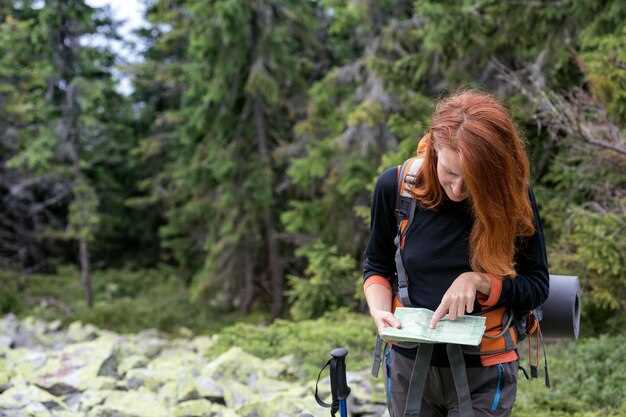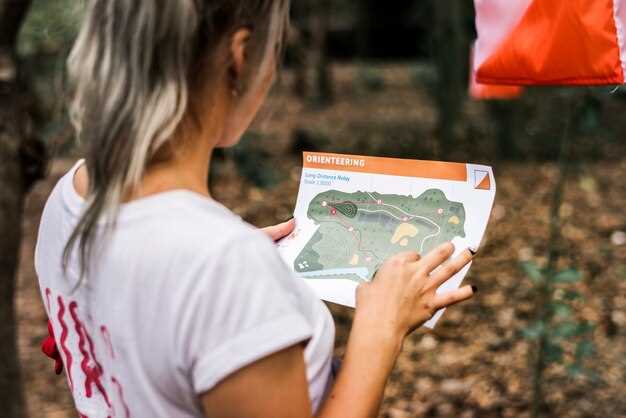
Foraging for food in the wild is an ancient practice that reconnects us with nature and provides a sustainable way to source nourishment. As we step into the natural world, we discover a vast array of edible plants, fungi, and fruits that can enrich our diet and offer a sense of adventure. This guide aims to equip beginners with the knowledge needed to safely and effectively forage for food, fostering a deeper appreciation for the environment around us.
Understanding the fundamentals of wild foraging is crucial for anyone interested in gathering food beyond the grocery store shelves. It is essential to learn about the specific plants and mushrooms that are safe to eat, as well as those that may be toxic. With the proper skills and awareness, foraging can transform an ordinary outdoor excursion into a rewarding culinary experience that showcases the diversity of nature’s pantry.
Moreover, foraging promotes a sustainable lifestyle by encouraging people to rely on local resources. By learning to identify edible species in your area, you contribute to the preservation of the ecosystem and reduce the carbon footprint associated with commercial food production. This guide will provide you with valuable insights into responsible foraging practices, preparing for your wild food adventure, and enjoying the fruits of your labor.
Identifying Edible Plants: Key Characteristics and Resources

Foraging for food in the wild requires a keen understanding of the characteristics that distinguish edible plants from toxic ones. The first step in identifying edible plants is to observe their overall appearance, including size, shape, and color. Start by noting the leaf structure: are they broad or narrow? Are they serrated or smooth? Pay attention to the arrangement of leaves on the stem; they can be alternate, opposite, or whorled.
It’s crucial to familiarize yourself with the specific characteristics of a plant’s flowers, fruits, and seeds. Color, size, and growth patterns vary widely among edible varieties. For example, many edible berries are small and can appear in clusters, while poisonous berries often exhibit bright, enticing colors that can mislead inexperienced foragers.
One of the most effective methods for identifying edible plants is learning key characteristics of safe and toxic species. Many toxic plants have bitter or acrid tastes, which can be a warning sign. Additionally, some edible plants may have a similar appearance to toxic look-alikes; therefore, always consult multiple sources or guides to confirm your findings.
Using field guides tailored for your geographical area can greatly enhance your foraging skills. These resources typically include images and descriptions of local edible plants, as well as information on the habitat and seasonality of each species. Mobile applications specifically designed for plant identification can also be invaluable tools, allowing you to quickly reference characteristics while in the field.
Joining local foraging groups or communities can provide firsthand knowledge from experienced foragers. Workshops or guided foraging walks can be excellent opportunities to learn the fundamentals of identifying edible plants safely. Always remember, when in doubt about a plant’s edibility, it’s best to err on the side of caution and avoid consuming it.
Safe Foraging Practices: Avoiding Toxic Species

Foraging for food can be an enriching experience, but it also comes with risks. Identifying and avoiding toxic species is essential for survival in the wild. Here are key practices to ensure safe foraging.
Educate Yourself: Before venturing out, invest time in learning about local flora. Guides and reputable resources can help you distinguish between edible and toxic plants. Online courses and workshops are also beneficial for hands-on experience.
Know the Look-Alikes: Many edible plants have toxic counterparts that closely resemble them. For example, wild garlic looks similar to lily-of-the-valley, which is poisonous. Familiarize yourself with these look-alikes to avoid dangerous mistakes.
Use the “Test and Wait” Method: If you are unsure about a plant, use the “test and wait” method. Start by eating a small quantity and wait 24 hours to see if any adverse reactions occur. This practice helps to minimize risks associated with unknown species.
Observe the Environment: Toxic plants often thrive in specific conditions. Areas contaminated by pollution or pesticides can pose risks. Avoid foraging near roadsides or industrial sites, as the likelihood of encountering toxic species increases.
Check Local Regulations: Some areas have regulations regarding foraging. Ensure you are aware of local laws and guidelines to avoid potential legal issues and to protect natural habitats.
Seek Community Knowledge: Joining local foraging groups or communities can provide invaluable insights. Experienced foragers can share knowledge about identifying plants and safe practices, enhancing your learning and safety.
By following these safe foraging practices, you can enjoy the benefits of finding wild food while minimizing the risks associated with toxic species. Awareness and education are your best tools for survival in nature.
Preparation and Cooking Methods for Wild Foods
Foraging for wild foods can enhance your survival skills, but knowing how to properly prepare and cook these foods is equally essential. The preparation methods you choose can affect the taste and safety of the food you gather.
Cleaning: Before cooking, it’s crucial to clean all wild foods thoroughly. Rinse foraged plants and mushrooms under cold running water to remove dirt, insects, and contaminants. For leafy greens, a soak in salted water can help dislodge any hidden critters.
Cooking: Several cooking methods can be employed depending on the type of wild food:
- Boiling: This method is particularly useful for hardier plants and roots. Boiling can extract toxins from certain wild foods, making them safe for consumption. Always discard the water after boiling to eliminate any harmful substances.
- Steaming: Steaming retains more nutrients than boiling and is ideal for delicate greens and mushrooms. This method enhances flavor while preserving the natural texture.
- Sauteing: For flavorful wild herbs and leafy greens, sautéing in a bit of oil or fat allows you to harness their unique tastes while adding extra richness.
- Grilling: Grilling can infuse wild meats, fish, and even certain vegetables with a smoky flavor. Ensure that any wild game is cooked to safe temperatures to prevent foodborne illnesses.
- Drying: Dehydrating wild foods extends their shelf life. Herbs, mushrooms, and fruits can be dried using a food dehydrator or air-dried. Properly dried foods can be rehydrated later for use in meals.
Fermentation: Some wild foods can also be preserved through fermentation. This method not only extends the food’s shelf life but also enhances flavors and nutritional profiles. Wild fruits and certain vegetables can be turned into pickles or kimchi.
Always remember to identify wild foods correctly before consumption and to be aware of any potential toxicity. With the right preparation and cooking methods, wild foods can provide nourishing, delicious meals that support your survival in the great outdoors.

